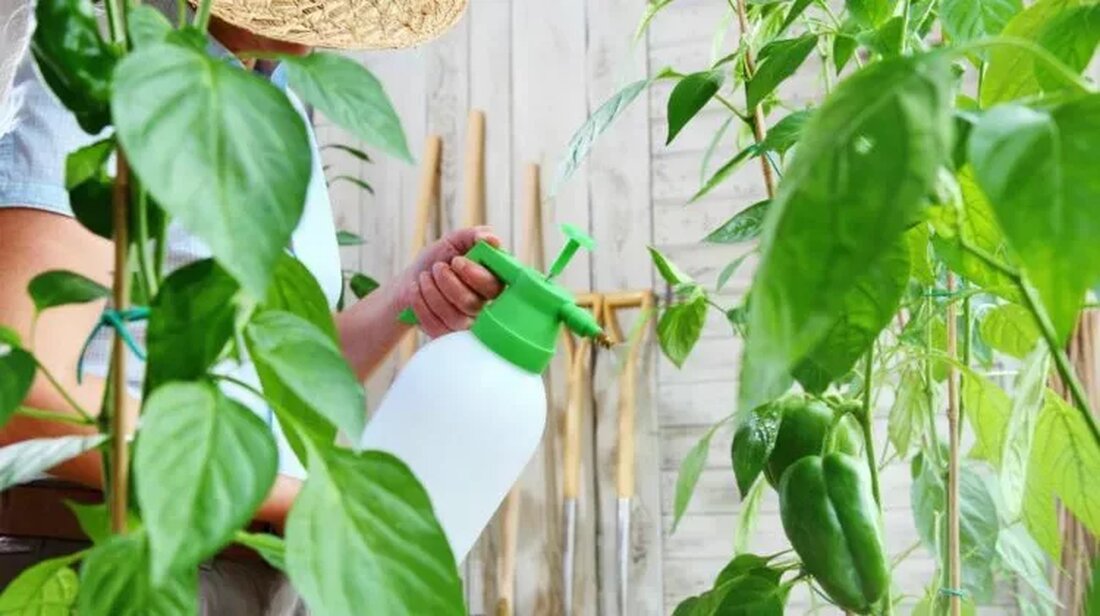Polyarterititis Nodosa (Pan) - Effective Ayurvedic herbal treatment
Polyarterititis Nodosa (Pan) - Effective Ayurvedic herbal treatment
Polyarteritis nodosa, also known as Pan, is a rare autoimmune disease with spontaneous inflammation of the arteries, which causes symptoms such as fever, pain, tiredness, weight loss, bleeding and functional disorders of the affected organs. Inflammation of the arteries can be very serious and cause permanent damage to affected organs such as intestine and kidneys. Spontaneous bleeding in several places can also be fatal. Pan is therefore a very serious disease that urgently needs to be treated.
Pan affects several body systems and usually affects muscles, joints, skin, intestines, nerves and kidneys. Although it happens more often in older people, it can affect people of all ages including children. The conservative modern treatment of this disease includes the use of steroids and immunosuppressive medication. Although these medication initially addresses well, the condition of most patients begins to deteriorate in the long term. Pan can therefore cause severe morbidity and mortality.
In this scenario, Ayurvedic herbal treatment can be used sensibly and effectively to combat and successful treatment of this disease. Vegetable drugs can be administered in high doses and over a longer period of time to treat inflammation of the arteries, bring about immune modulation and symptomatically treated and prevent permanent damage. It is very important to start treatment as early as possible to avoid long -term, irreversible damage.
According to the Ayurvedic pathophysiology of the disease, a disturbed Vata-Dosha causes autoimmune status and a disturbed and increased pitta-dosha inflammation of the arteries, which damages different systems and organs. Ayurvedic treatment therefore aims to correct the Vata Dosha and reduce harmful aspects of an increased Pitta Dosha. This can be done through a combination of oral herbal platter therapy and special panchkarma methods. This includes the induced cleaning for the treatment of Pitta Dosha and a number of medical enemas known as the "Tikta Ksheer Basti" to treat the Vata Dosha.
While patients with mild forms of the disease go into remission within six to eight months of the beginning of Ayurvedic herbal treatment, people who suffer from a more severe form of the disease require a longer treatment from eight to eighteen months or more. However, almost all patients with Pan can be treated successfully, so that the disease merges into a complete remission. The medication can then be continued in a smaller amount or with reduced frequency to prevent the disease relapse. Compared to HERBO mineral Ayurvedic formulations, it is preferable to use vegetable medicines, since these are also secure with very high doses of the drugs and over a longer period of time.
Patients with bleeding from several parts of the body and serious damage to important internal organs are best treated on the intensive care units of well -equipped hospitals. However, as soon as the acute symptoms are well under control, it is better to initiate Ayurvedic treatment so that the disease can be completely healed. Ayurvedic herbal treatment thus plays a crucial role in the successful and effective treatment of Pan.


Kommentare (0)